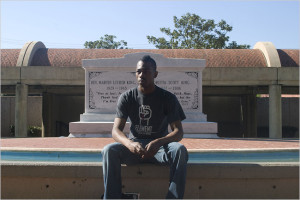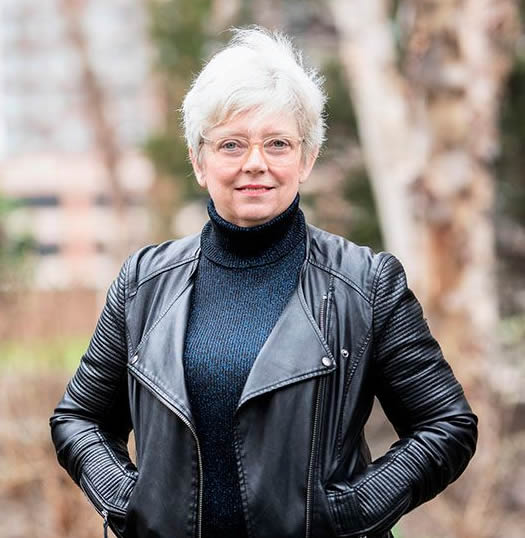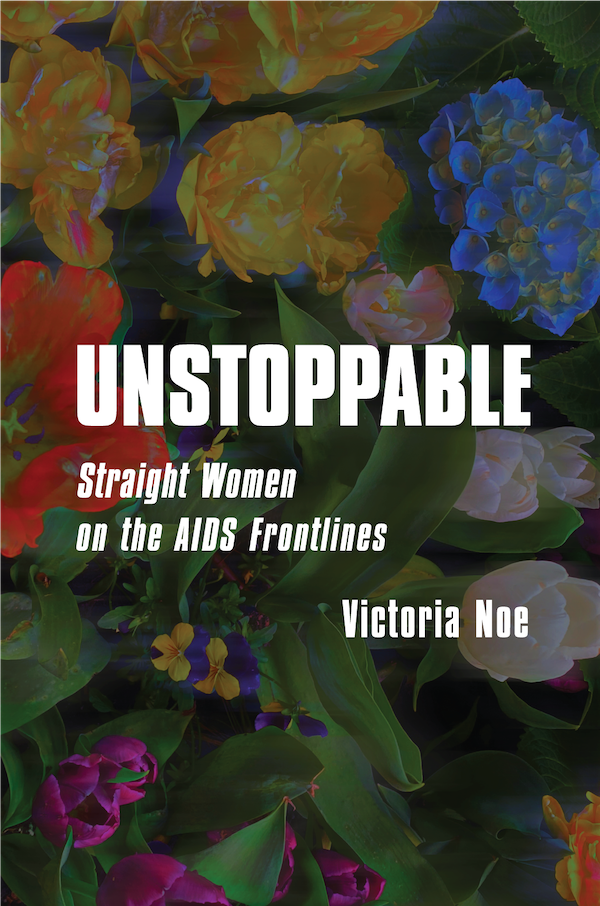“We Didn’t Lose a Person…We Absorbed Him”
Feb 10, 2012 by Victoria Noe, in Friend Grief
, Friendship
, Glenn Wright
, Grief
, grieving styles
, House of Spoof Collective
 |
| Photo by Carlos Iamagua |
People who have made a name for themselves in their chosen professions will likely be remembered in some way. But normal folks – the 99%, if you will – do not have buildings or highways named after them. They don’t leave works of art that will live forever. They’re just…normal folks.
So when faced with these truths, what’s a friend to do? You donate money to their favorite charity. You wear a t-shirt with their picture on it. You have Mass offered on their birthday. You make a point to stay in touch with their family. You name your child after them.
I’ve wondered about my great-great grandfather’s relationship with the best man at his wedding during the Civil War, a man named George. In all my years of genealogy research, I’d never found a ‘George’ before then in the family. But in 1868, my great-great grandfather gave that name to his son. It started a four-generation tradition of naming the first son of each generation ‘George’.
They must have been close for my great-great grandfather to name his first son after him. Some day I may do a little research into that man, too.
Your friend was part of your life – part of you – and although you will never forget them, somehow that’s not enough. You want, understandably, for them to somehow go on living.
How does that work? How do you find a way to honor that very special person you were honored to call “friend”?
On Sept. 12, 2009, Glenn Wright (aka “Spoof”) was killed in a case of mistaken identity, as he did chores for his grandmother on the Lower East Side of Manhattan. Gang members were seeking retaliation for an earlier attack, and stabbed Wright from behind.
Wright, only 21 at the time, was an artist, volunteering his time at the East Harlem Tutorial Program. A group of his friends, also artists, decided to channel their grief into art.
Six young people created an art show at the Brick Gallery at The Point in Hunts Point in his honor, calling it “House of Spoof Collective”. According to a story in the New York
“As music blared across the courtyard, about 100 people filed through the small gallery taking in photographs, paintings, silkscreen prints and graphic designs.
Outside, several artists painted murals on a courtyard wall. Two others took to a ladder to install a larger-than-life picture of Wright on the side of an old smokestack.
‘We took a lot of Glenn’s characteristics and put them into this. He was a very humble, giving person and we tried to incorporate that,’ said Carlos Iamagua, 22, another member of the collective. ‘The way I look at it, we didn’t lose a person, we absorbed him.’”
His friends in the collective found an immediate way to not only express their grief, but their love for Wright. And taking it a step further, they pledged to support young artists, thus keeping their friend’s legacy a part of their lives.
Part of Wright’s legacy is a scholarship at the East Harlem Tutorial Program. In an article in The Uptowner by Nate Rawlings, a family member explains the importance:
“He was nothing but good,” Wright’s father, Peter Wright said. He hoped the scholarship that the scholarship will become a lasting tribute to his son. “He wasn’t famous enough,” Peter Wright said. “A lot of people forget.”
So we see two things: something immediate and something longer-lasting. They are keeping their friend in their hearts, in a way that honors him every day.
Me? I’m writing this blog, this book, and other things because I promised Delle Chatman I would.
What are you doing to keep your friend’s memory alive?

